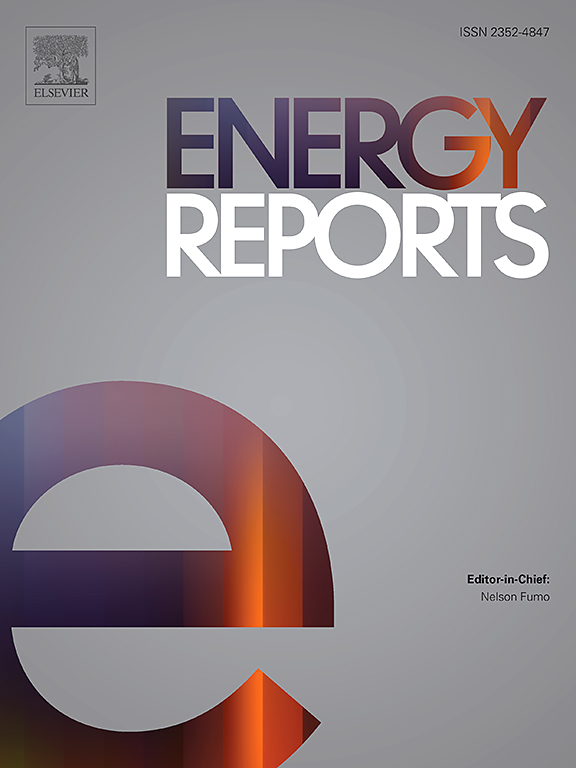Energy harvesting from living plant: A review on past research and way forward
IF 4.7
3区 工程技术
Q2 ENERGY & FUELS
引用次数: 0
Abstract
In the face of the global warming crisis, reliance on non-renewable energy sources poses significant ecological threats, prompting the international community to explore renewable alternatives. Numerous alternative energy sources are currently being studied, including solar, wind, hydropower, geothermal, plant-based, and biomass. This review highlights recent advancements in extracting energy from living plants by looking at 70 peer-reviewed research studies published from 2010 to 2025, including 15 that focused on Plant-Based Cells (PBCs), 24 on Plant Microbial Fuel Cells (PMFCs), and 21 that examined the physical traits of plants that influence how efficiently energy can be harvested. PMFC harnesses electron generation through the interaction of plant roots and soil bacteria during organic matter decomposition, while PBC captures electrical energy directly from the plant’s metabolic processes via embedded electrodes. PMFCs typically generate lower voltage and power, whereas PBCs achieve significantly higher outputs, up to 3.5 V and 58.8 mW. The analysis examines key factors influencing energy efficiency, including plant species, age, soil composition, electrode materials, environmental conditions, and circuit design, and addresses scalability and integration challenges. The findings underscore the necessity for further research on optimal sizing, aging effects, and practical applications. Overall, this review aims to provide a solid foundation for advancing green energy technologies and their deployment in low-energy devices, such as IoT sensors, in smart farming and remote areas.
植物能量收集技术的研究进展与展望
面对全球变暖危机,对不可再生能源的依赖造成了重大的生态威胁,促使国际社会探索可再生能源的替代品。目前正在研究许多替代能源,包括太阳能、风能、水电、地热、植物基和生物质能。本综述通过回顾2010年至2025年发表的70项同行评议研究,重点介绍了从活植物中提取能量的最新进展,其中15项关注植物基细胞(pbc), 24项关注植物微生物燃料电池(pmfc), 21项研究了影响能量收获效率的植物物理特性。PMFC在有机物分解过程中通过植物根系和土壤细菌的相互作用产生电子,而PBC通过嵌入电极直接从植物的代谢过程中捕获电能。pmfc通常产生较低的电压和功率,而pbc可实现更高的输出,最高可达3.5 V和58.8 mW。该分析考察了影响能源效率的关键因素,包括植物种类、年龄、土壤成分、电极材料、环境条件和电路设计,并解决了可扩展性和集成方面的挑战。研究结果强调了进一步研究最佳浆料、老化效应和实际应用的必要性。总体而言,本综述旨在为推进绿色能源技术及其在智能农业和偏远地区的低能耗设备(如物联网传感器)中的部署提供坚实的基础。
本文章由计算机程序翻译,如有差异,请以英文原文为准。
求助全文
约1分钟内获得全文
求助全文
来源期刊

Energy Reports
Energy-General Energy
CiteScore
8.20
自引率
13.50%
发文量
2608
审稿时长
38 days
期刊介绍:
Energy Reports is a new online multidisciplinary open access journal which focuses on publishing new research in the area of Energy with a rapid review and publication time. Energy Reports will be open to direct submissions and also to submissions from other Elsevier Energy journals, whose Editors have determined that Energy Reports would be a better fit.
 求助内容:
求助内容: 应助结果提醒方式:
应助结果提醒方式:


